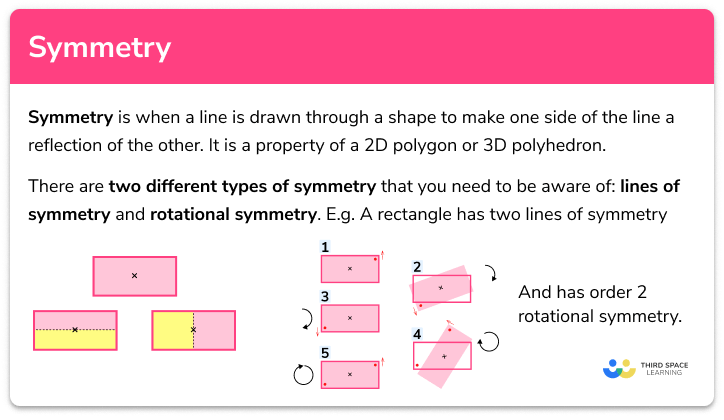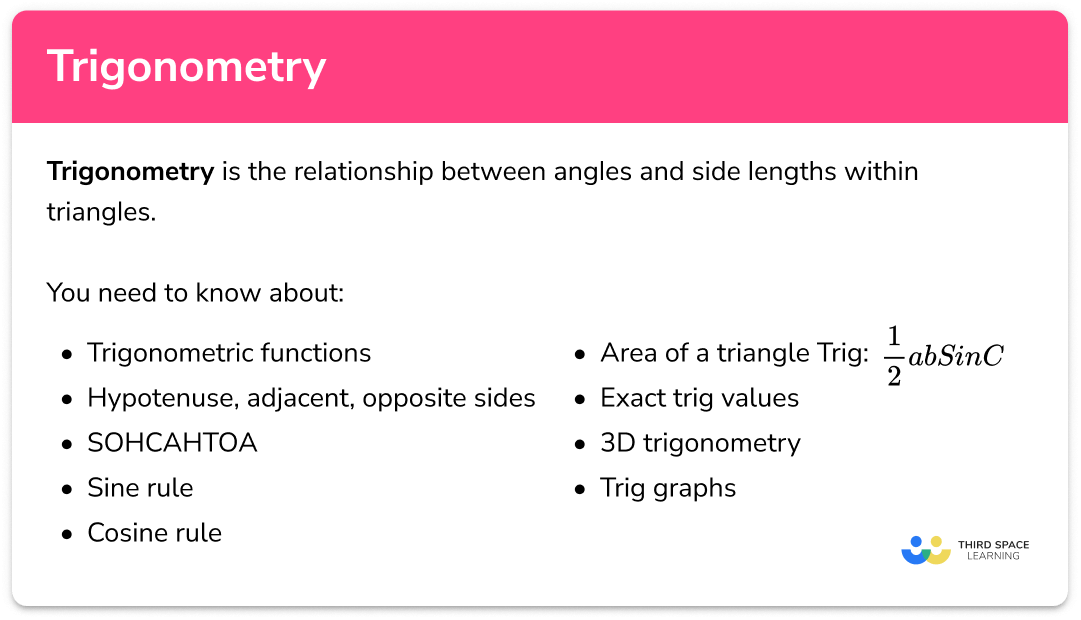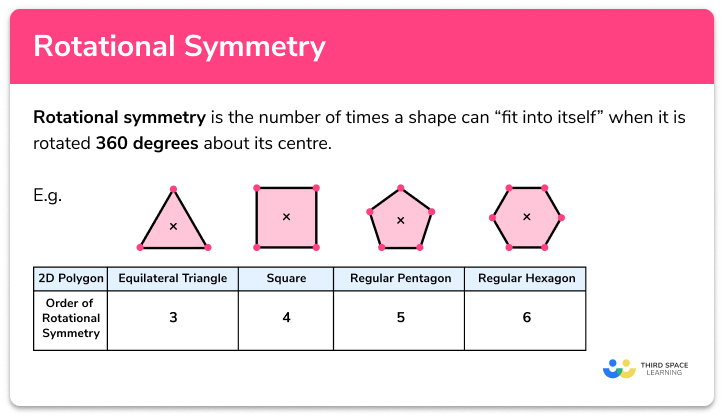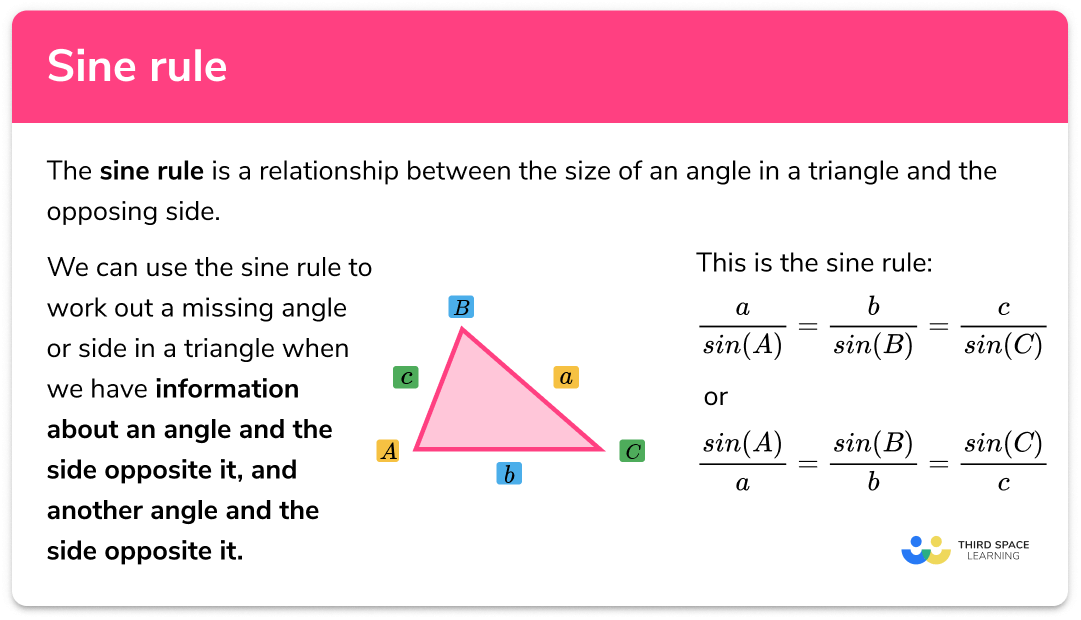FREE DOWNLOAD
Symmetry Worksheet

Help your students prepare for their Maths GCSE with this free symmetry worksheet of 44 questions and answers
- Section 1 of the symmetry worksheet contains 36 skills-based symmetry questions, in 3 groups to support differentiation
- Section 2 contains 4 applied symmetry questions with a mix of worded problems and deeper problem solving questions
- Section 3 contains 4 foundation and higher level GCSE exam style symmetry questions
- Answers and a mark scheme for all questions are provided
- Questions follow variation theory with plenty of opportunities for students to work independently at their own level
- All questions created by fully qualified expert secondary maths teachers
- Suitable for GCSE maths revision for AQA, OCR and Edexcel exam boards
Symmetry at a glance
Symmetry is the existence of identical parts within a shape, either next to each other or around an axis. There are two main types of symmetry; line symmetry and rotational symmetry.
In line symmetry, which is sometimes called reflective symmetry, the identical parts are a reflection of each other. We identify lines that we can draw so that one side of the line is a reflection of the other. These are called lines of symmetry, or mirror lines, since each side is a mirror image of the other. Shapes often have multiple lines of symmetry and so to identify the number of lines of symmetry that a shape has, we need to rotate our mirror line around and draw lines of symmetry that we notice.
In rotational symmetry the identical parts are around an axis. The order of rotational symmetry of a shape tells us how many times a shape will fit back on top of itself exactly as it is rotated around an axis.
There are many different symmetrical shapes. Some have lines of symmetry only, some have rotational symmetry only and some have both. For regular polygons such as equilateral triangles, squares and regular hexagons, the number of lines of symmetry is equal to the order of rotational symmetry and both are equal to the number of sides of the polygon.
We can apply our knowledge of symmetry to other areas of maths such as graphs. Graphs of some functions have line or rotational symmetry.
Looking forward, students can then progress to additional symmetry worksheets and other geometry worksheets, for example a volume of prisms worksheet or area of compound shapes worksheet.

For more teaching and learning support on Geometry our GCSE maths lessons provide step by step support for all GCSE maths concepts.
Do you have students who need additional support?

With Third Space Learning's secondary maths tutoring programmes, students in Year 7-11 receive regular one to one maths tutoring to address gaps, build confidence and boost progress.
"My confidence in the tutoring is high. We've had some phenomenal results. I even had one girl get a Grade 8 this year; she came to every tutoring session."
Stacey Atkins, Maths Director, Outwood Grange Academies Trust




